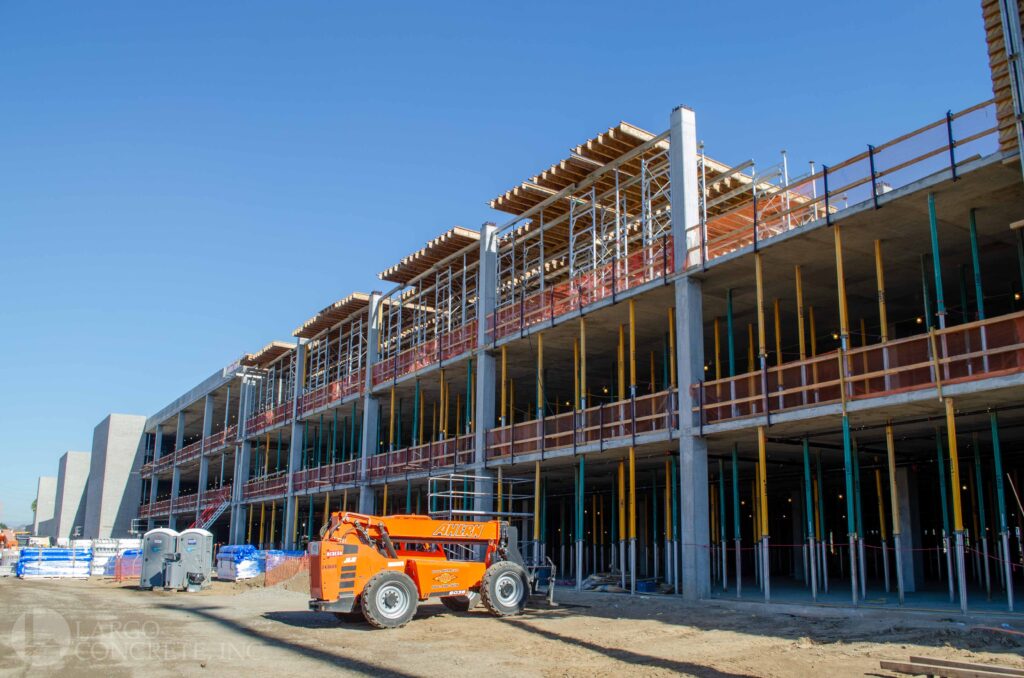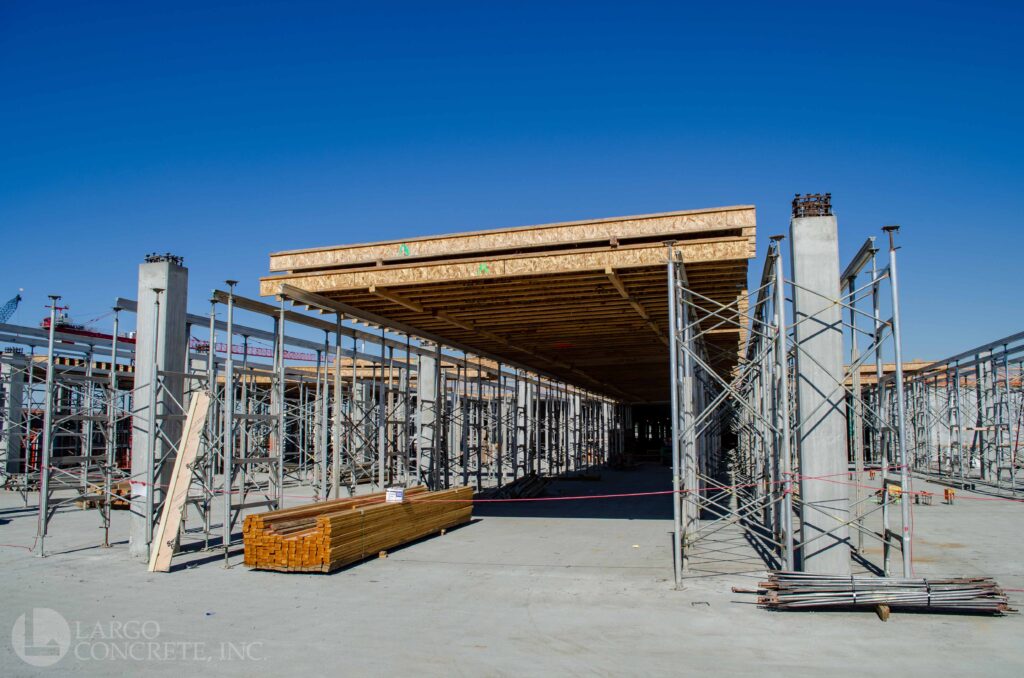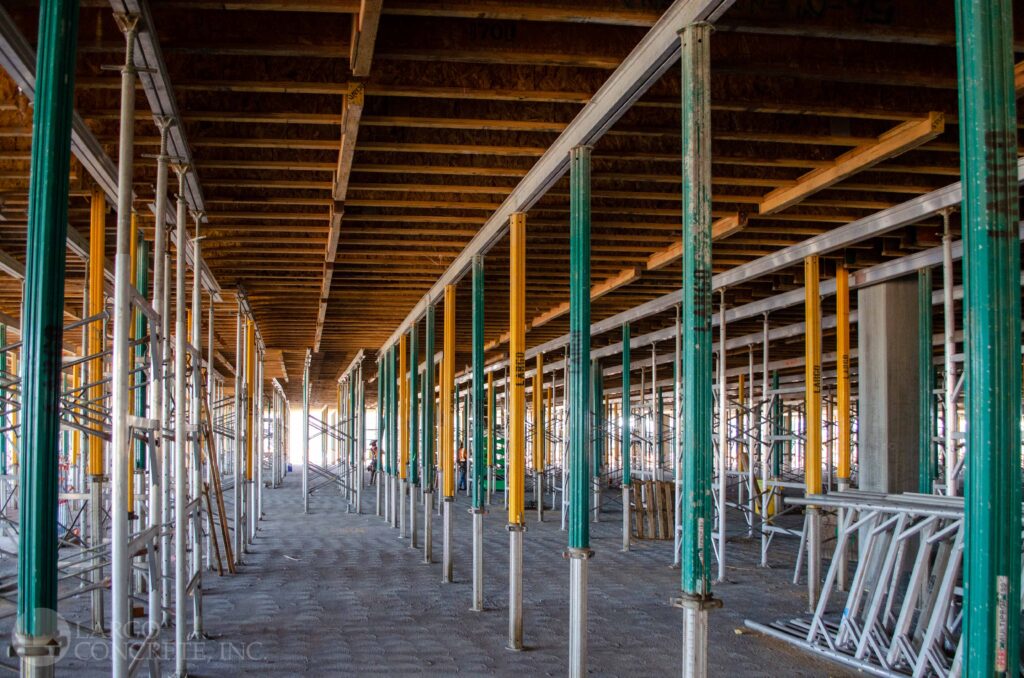Largo placed 8,870CY at the Alloy project in Los Angeles June 10.
Largo recently topped out at the West Edge development on the corner of Olympic and Bundy in west Los Angeles.
The American Concrete Institute Southern California Chapter honored the YouTube Theater and Entrada projects in their annual award banquet on November 4! The event was held in the Verizon Lounge at field level in the SoFi Stadium. A special thanks goes out to the project teams who worked so hard to deliver these unique projects!
Along the Harbor freeway between Temple and Beadry, the 10-acre Ferrante development is scheduled to top out early next month. The 1,500 unit residential complex is the latest endeavor by mega-developer Geoff Palmer who is known for buildings designed with Italian Renaissance architecture.
Read more
The Landmark II residential tower topped out this month along Wilshire Blvd. with general contractor Matt Construction. Looking south from Wilshire Blvd. the new building stands behind the Landmark II commercial office building between Granville and Stoner Avenues. The 35 level above grade structure holds 376 units with four levels of below grade parking for 421 cars.
With 127 fueling stations, the Quick Turn Around (QTA) building at the new LAX Consolidated Rent-A-Car (ConRAC) facility will become the largest gas station in the world once open in 2023. The 1.1 million-square-foot building is four levels above grade and runs along La Cienega Boulevard north of Century Boulevard. The building is designed to house all maintenance and operations for seven major rental car companies at the third busiest airport in the world.

Instead of an internal ramping system, a “speed ramp” will be constructed on the west face of the building outbound of the main structure. The ramp will be used to transport cars between the QTA building and the Ready Return/Idle Storage structure to the west. This configuration is used to accommodate large volumes of vehicular ingress/egress and reduce traffic within the building.

Long truss deck tables were used to speed up the shoring process and ensure the schedule was met. The tables were 25-feet by 8-feet and required shoring on the two ends, which allowed a forklift to pass underneath the formwork. This eliminated most of the hand-set forming to reduce labor costs and enhance the speed of construction. Reshoring was done with 4,329 Peri MP 480 post shores. All column and wall forms were also pre-fabricated to enhance the schedule on the building with a 261-feet by 1,038-feet footprint.

Largo is working with general contractor PCL Construction, PGAL architects and Englekirk structural engineers to have the concrete scope of work complete in early 2022. When complete, Largo will have poured over 51,000 cubic yards of concrete on the job.